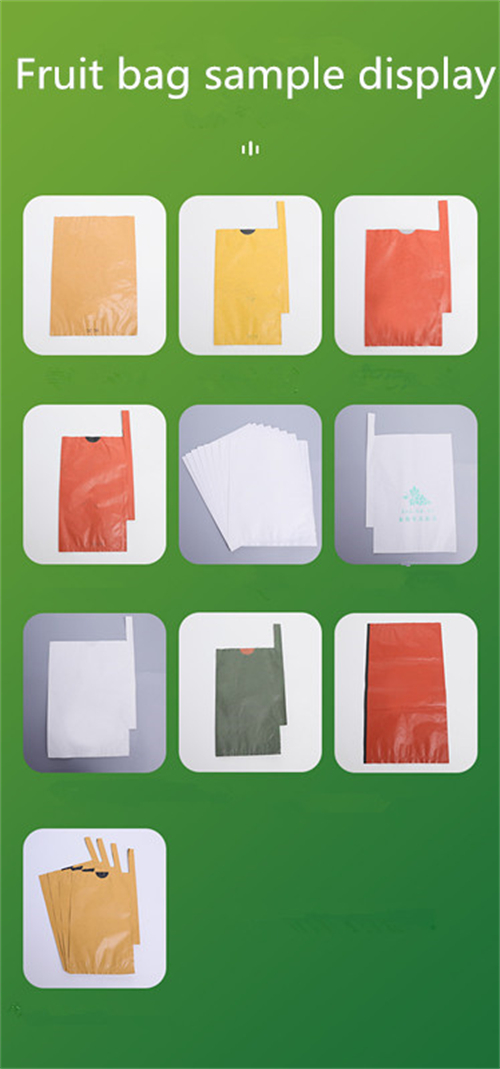Nov . 27, 2024 19:57 Back to list
Effective Methods for Collecting High-Quality Kiwi Pollen for Optimal Harvests
Unlocking the Secrets of Kiwi Pollen Collection A Guide to Best Practices
Kiwi (Actinidia deliciosa), a fruit beloved for its unique flavor and vibrant color, is not just enjoyed for its taste; it's an important player in the agricultural ecosystem, particularly in the realm of pollination. The success of kiwi cultivation is deeply intertwined with efficient pollen collection methods. This article explores the best practices for kiwi pollen collection, ensuring fruitful harvests and healthy crops.
Understanding Kiwi Pollination
Kiwi plants exhibit dioecious characteristics, meaning that male and female flowers are found on separate plants. For successful fruit development, pollination requires the transfer of pollen from male to female flowers. While bees are often considered the most effective pollinators, kiwi growers frequently resort to manual pollen collection methods to enhance yield, especially in regions where natural pollination is insufficient.
The Importance of Pollen Quality
Before diving into collection techniques, it's essential to acknowledge the significance of pollen quality. High-quality pollen is vital for successful fertilization. It should be viable, free from contaminants, and harvested during the right season. Kiwi pollen has a unique morphology that can be assessed under a microscope, ensuring that only the best samples are used for pollination.
Best Practices for Pollen Collection
1. Choose the Right Time Successful pollen collection hinges on timing. Male flowers bloom before female ones, usually in spring. It's crucial to collect pollen in the early morning when the flowers are fully open but before temperatures rise significantly, affecting pollen viability.
best kiwi pollen collection

2. Select Healthy Male Plants Prior to collection, identify robust male plants that exhibit strong flowering capacity. Healthy, vigorous plants ensure the pollen collected will be of high quality.
3. Utilize Appropriate Tools Use clean, sterilized equipment to avoid contamination. Small brushes or tweezers can be effective for collecting pollen from male flowers. These tools minimize disturbance to the flower while maximizing pollen retrieval.
4. Employ Proper Collection Techniques - Hand Pollination This method involves directly transferring pollen from male flowers to female flowers using a brush or finger. The timing should coincide with the female flowers' peak receptivity, typically occurring a few days after they open. - Pollen Traps Some growers use specially designed pollen traps that can be placed around male plants. These traps collect pollen as it naturally falls from the male flowers.
5. Storage of Collected Pollen Pollen can be stored for later use, but it requires careful handling. After collection, allow the pollen to dry slightly and then place it in an airtight container. Store at low temperatures (around -20°C / -4°F) to maintain viability for several months.
6. Regular Monitoring Continuous monitoring of pollen viability is essential. A simple germination test can determine the effectiveness of stored pollen. This test involves placing a small amount of pollen on a suitable medium and observing the growth of pollen tubes.
7. Integration with Bee Pollination While manual collection methods are beneficial, integrating these techniques with natural bee pollination can yield the best results. Planting companion flowers to attract pollinators can create a biodiverse environment that supports both manual and natural pollination efforts.
Conclusion
Effective kiwi pollen collection is crucial for maximizing fruit production and ensuring the vitality of kiwi orchards. By adhering to best practices in pollen collection and storage, growers can improve their yields and contribute to sustainable farming practices. Whether employing manual techniques or leveraging natural pollinators, the emphasis on quality and timing will lead to bountiful harvests of this delicious fruit. As the demand for kiwis continues to rise globally, mastering the art of pollen collection will remain a vital aspect of successful kiwi cultivation.
-
Premium Cherry Pollen for Pure Pollination & Different Types
NewsJul.30,2025
-
Artificial Pollination Solutions for Various Plant Pollen Types
NewsJul.29,2025
-
Artificial Pollination Solutions for All Plant Pollen Types
NewsJul.29,2025
-
Premium Plant Pollen for Pure Pollination & Pollen Block Solutions
NewsJul.29,2025
-
Artificial Pollination Solutions for Efficient Crop Yields
NewsJul.28,2025
-
Premium Cherry Pollen for Pure Pollination & Different Types of Pollen
NewsJul.28,2025